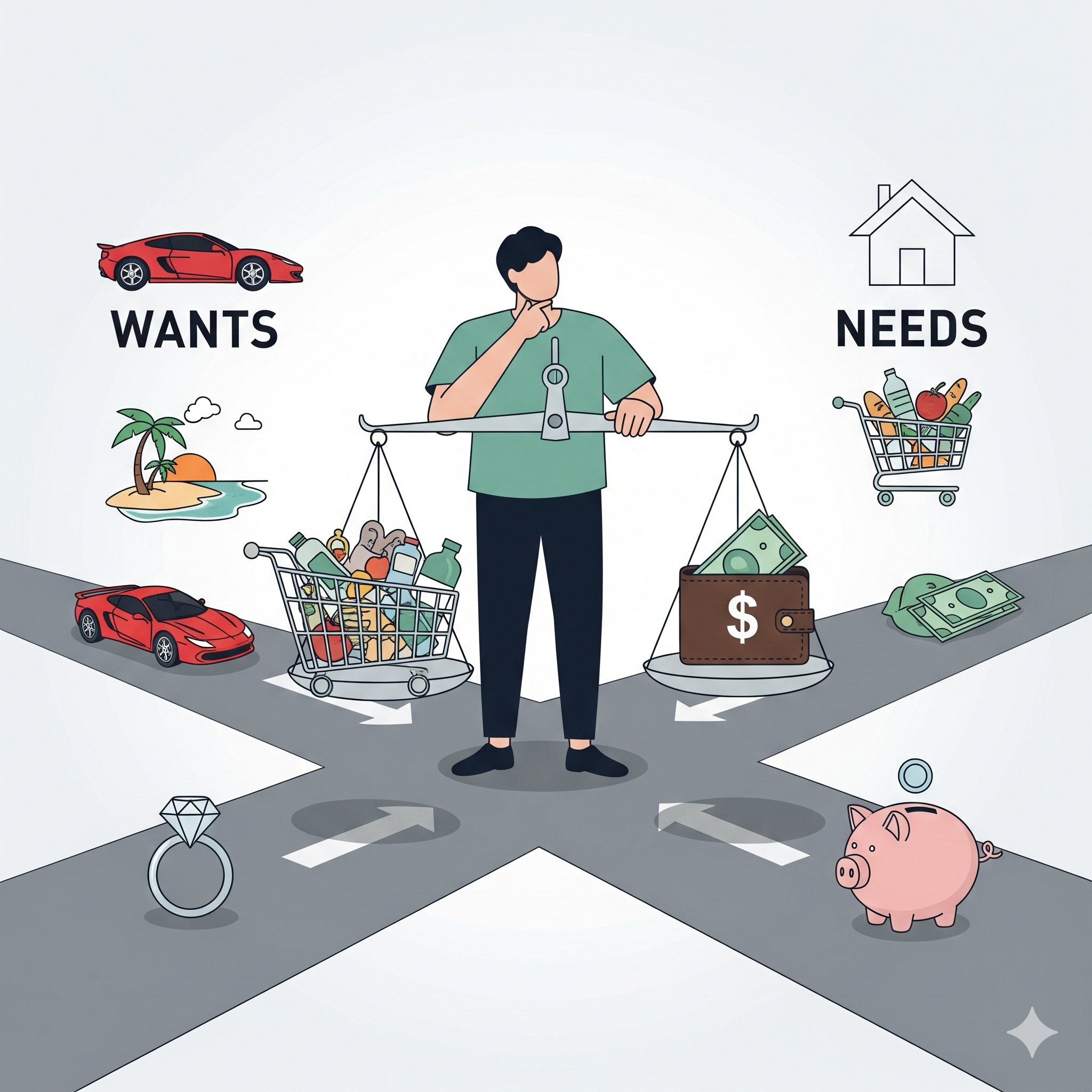Ever wonder why you buy what you buy? Or how a sale on your favorite item, or a sudden raise at work, changes your shopping habits? It all boils down to fundamental economic principles: utility maximization and the interplay of income and substitution effects.
As consumers, we’re all trying to get the most “bang for our buck,” to maximize our satisfaction or “utility” given our limited resources. This isn’t just about monetary value; it’s about what brings us the most subjective well-being.
The Art of Utility Maximization: Getting the Most Satisfaction
At its core, utility maximization is the idea that consumers make choices to achieve the highest possible level of satisfaction, given their budget constraints. Imagine you have a certain amount of money to spend. You’ll compare the perceived utility (satisfaction) you’d get from different goods and services against their prices, aiming to allocate your budget in a way that yields the greatest overall happiness.
This isn’t always a conscious calculation, but rather an intuitive process we engage in daily. Do you buy the extra large coffee or save that money for a more satisfying lunch? Do you upgrade your phone or put that cash towards a weekend getaway? Each decision reflects an attempt to maximize your personal utility.
Economists often illustrate this with indifference curves (representing combinations of goods that yield equal utility) and budget lines (representing all possible combinations of goods a consumer can afford). Utility maximization occurs at the point where the budget line is tangent to the highest possible indifference curve.
When Things Change: The Impact of Price and Income Shifts
Life, and the economy, are dynamic. Prices change, and our income levels fluctuate. These shifts significantly impact our purchasing decisions, and economists break down these impacts into two key effects: the substitution effect and the income effect.
1. The Substitution Effect: Finding Alternatives
When the price of a good changes, its relative attractiveness compared to other goods also changes. The substitution effect describes how consumers will shift their purchases to relatively cheaper alternatives when the price of a good they were buying increases, or buy more of a good that has become relatively cheaper.
- Example: If the price of beef skyrockets, you might start buying more chicken or pork. You’re substituting a now more expensive good for a relatively cheaper one, even if your overall purchasing power hasn’t changed. The satisfaction you derive from chicken might be similar enough to beef that it’s a good substitute.
The substitution effect always works in the opposite direction of a price change: if the price goes up, consumption of that good goes down due to substitution, and vice-versa.
2. The Income Effect: Your Purchasing Power Changes
The income effect describes how a change in the price of a good affects your real income (your purchasing power) and, consequently, the quantity of all goods and services you can afford.
- When a price falls: Your real income effectively increases. You can now afford more of everything, including the good whose price just dropped, and potentially other goods too.
- When a price rises: Your real income effectively decreases. You can now afford less of everything, including the good whose price just rose, and other goods as well.
The income effect can be a bit more nuanced because it depends on whether a good is “normal” or “inferior”:
- Normal Goods: For most goods (normal goods), as your real income increases, you buy more of them. So, if the price of a normal good falls, your increased real income will lead you to buy more of it.
- Inferior Goods: For some goods (inferior goods), as your real income increases, you actually buy less of them. Think of generic brands; if you get a raise, you might switch to a more expensive, branded alternative. So, if the price of an inferior good falls, the positive income effect (increased real income) might lead you to buy less of it, even though the substitution effect would encourage you to buy more.
How Income Changes Directly Impact Decisions
Beyond just price changes affecting real income, a direct change in your nominal income (e.g., a raise or a pay cut) also shifts your budget constraint and, thus, your purchasing decisions:
- Increased Income: With more money, your budget line shifts outwards, allowing you to afford more of both normal goods. You can move to a higher indifference curve, achieving greater overall utility.
- Decreased Income: With less money, your budget line shifts inwards, forcing you to consume less. You’ll likely move to a lower indifference curve, reducing your overall utility.
Bringing It All Together: The Total Effect
When the price of a good changes, both the substitution and income effects occur simultaneously, contributing to the total change in quantity demanded.
- For normal goods: Both the substitution and income effects work in the same direction. If the price falls, the substitution effect encourages more consumption, and the income effect (due to increased real income) also encourages more consumption.
- For inferior goods: The substitution and income effects work in opposite directions. If the price falls, the substitution effect encourages more consumption, but the income effect (due to increased real income) encourages less consumption. For most inferior goods, the substitution effect is stronger, so overall consumption still increases, but by a smaller amount than if it were a normal good. In rare cases (Giffen goods), the income effect can be so strong that it outweighs the substitution effect, leading to an upward-sloping demand curve.
Conclusion: Empowering Your Consumer Choices
Understanding utility maximization, along with the income and substitution effects, provides a powerful framework for comprehending consumer behavior. It helps us see beyond just the price tag and appreciate the subtle ways our purchasing power and the relative attractiveness of goods shape our decisions.
So, the next time you’re debating a purchase, consider not just the price, but how it impacts your overall satisfaction and how changes in your financial landscape might be subtly (or not so subtly) guiding your choices. By understanding these economic principles, you can become a more informed and empowered consumer.


Leave a Reply